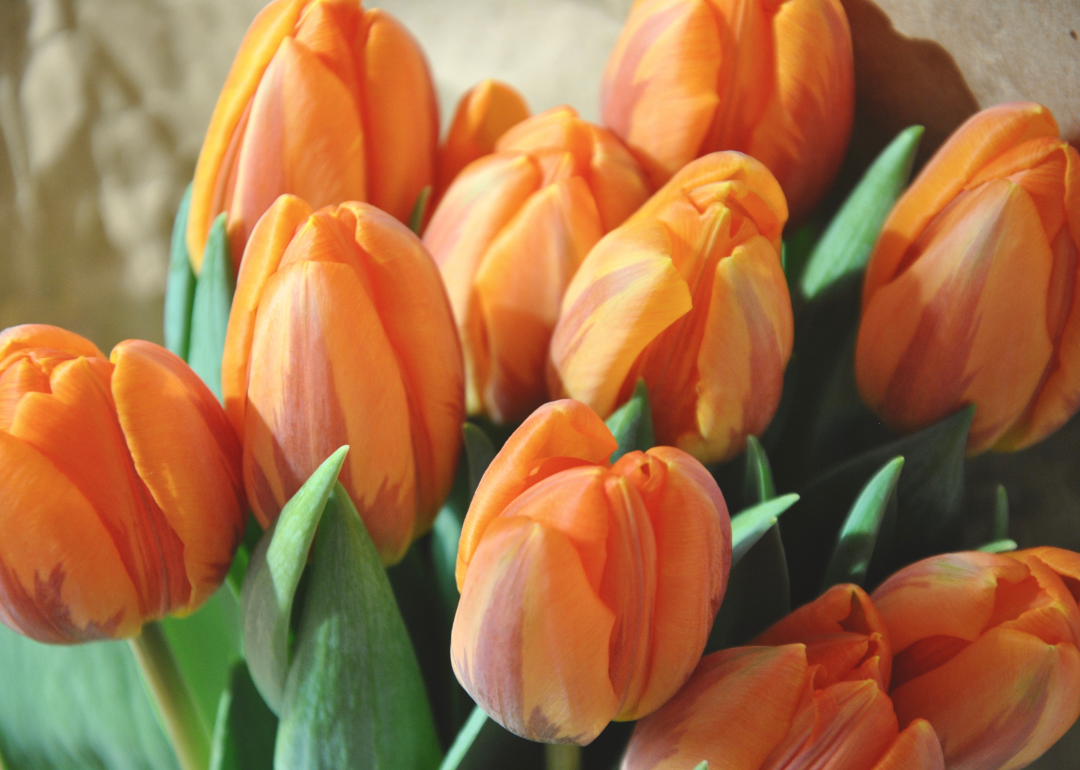
Meanings behind 10 of the most popular flowers in the world
Meanings behind 10 of the most popular flowers in the world
The Victorian era is famously regarded as a period of restraint—restraint in clothing, social norms, emotional behavior, communication … the list could go on and on. As a result, folks living during this time had to come up with alternative, subtle ways to express themselves and the things they were thinking and feeling. Among the unconventional methods they came up with is floriography, a cryptological method of communication that is done through the arrangement of flowers.
During the 19th century, floriography dictionaries were published that detailed exactly what every flower meant. These books helped senders and recipients unravel the messages that were being communicated by the number, color, and placement of the bouquets they were receiving. Eventually, as the culture started to relax a bit, this sort of communication fell out of vogue, at least to the extent that Victorians indulged in it, though some remnants of it remain in the flowers we send to each other today.
Here, Stacker takes a closer look at the meanings behind 10 popular flowers. From gratitude to fertility to platonic love, read on to learn which flowers mean what—and the myths and stories that imbued them with meaning in the first place.
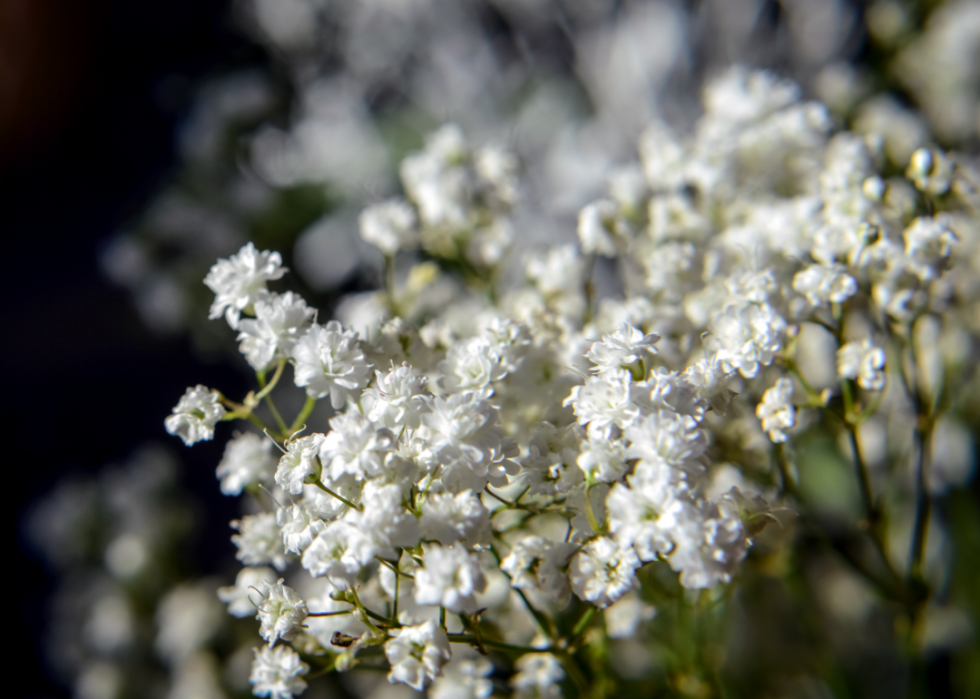
Baby’s breath
Native to Europe, Asia, and North Africa, baby’s breath flowers first became popular in the United States in the 1800s after Queen Victoria featured them heavily in her wedding bouquet. The small, white flowers symbolize everlasting love and purity, which make them an ideal addition to arrangements for your big day. As for their strange name—no one really knows where it came from, but it’s assumed to be a reflection of the flowers’ wispish appearance.

Carnation
Carnations of all colors are generally associated with a mother’s love, thanks to the Christian belief that they sprang from the places where Mary, the mother of Jesus, cried as her son prepared to be crucified. Today, the flower, which is considered the official flower of Mother’s Day, can be purchased in a veritable rainbow of shades, but centuries ago, when they first became popular, they could only be found in pink. The pink carnation signifies gratitude and never forgetting someone, both sentiments that make sense when viewed through the lens of a child’s love for their mother and a mother’s love for a lost child.
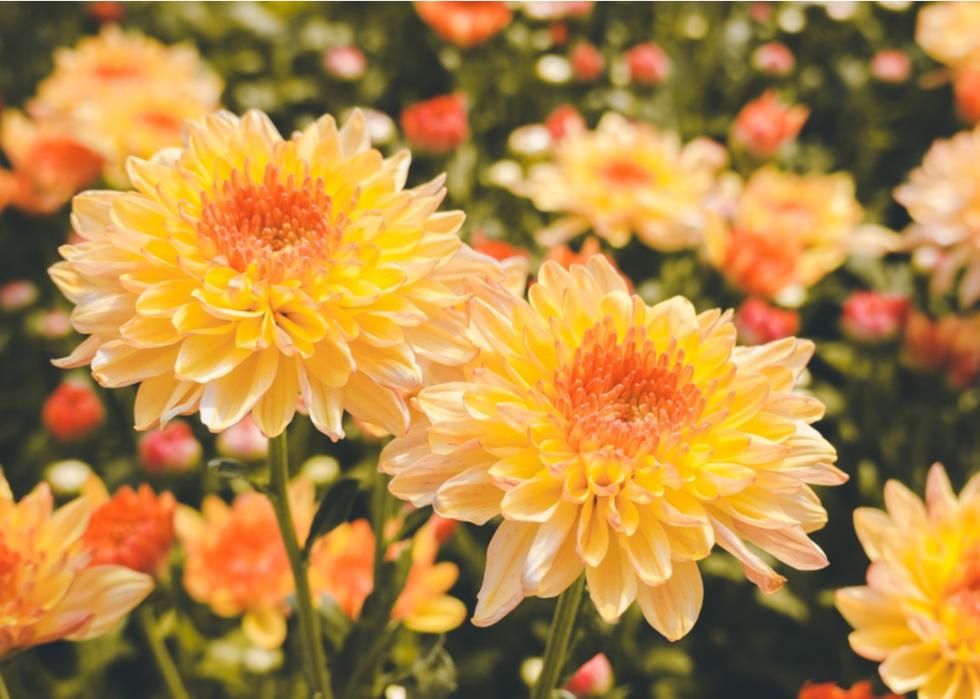
Chrysanthemum
Chrysanthemums date back to at least the 15th century B.C. The flower’s meaning varies by country—in its native China they symbolize long life and good luck, while European and American Victorians used the flower to offer friendship and well-wishes. Regardless of where you live, most floriographers agree that the flower, given the time of year that it blooms (which is fall), is an excellent reminder of joy and hope in even the darkest of times.
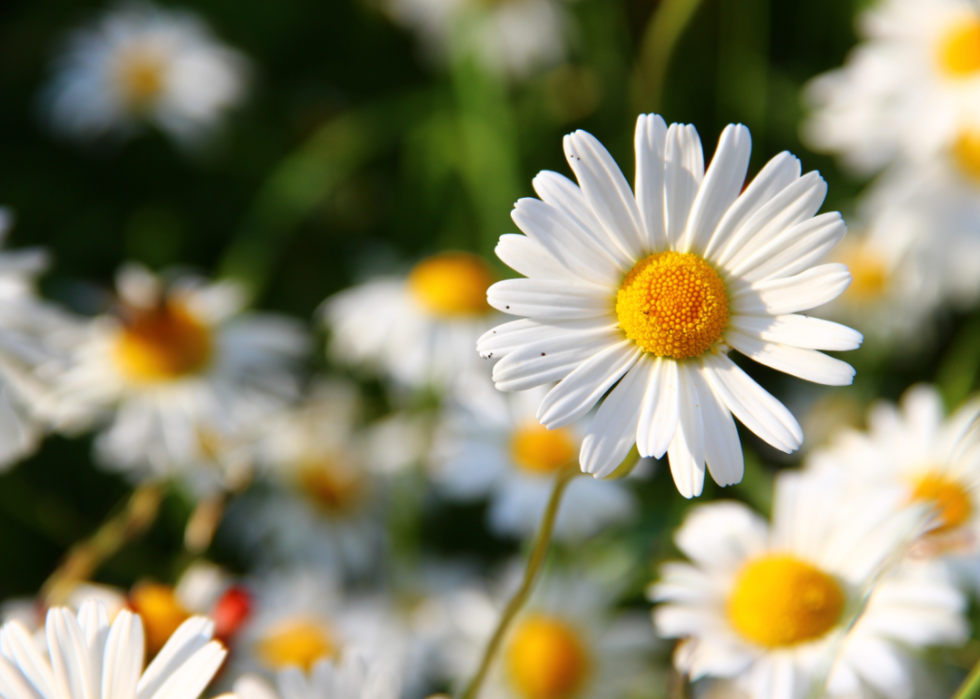
Daisy
Like many flowers, daisies often have more than one meaning attached to them, but the most popular is childhood innocence and purity. According to an old Celtic legend, God would plant daisies to provide comfort and cheer to parents who had lost children. Botanists believe the flower has existed for some 47.5 million years, with its origin traceable to South America, and later to Europe and Asia.
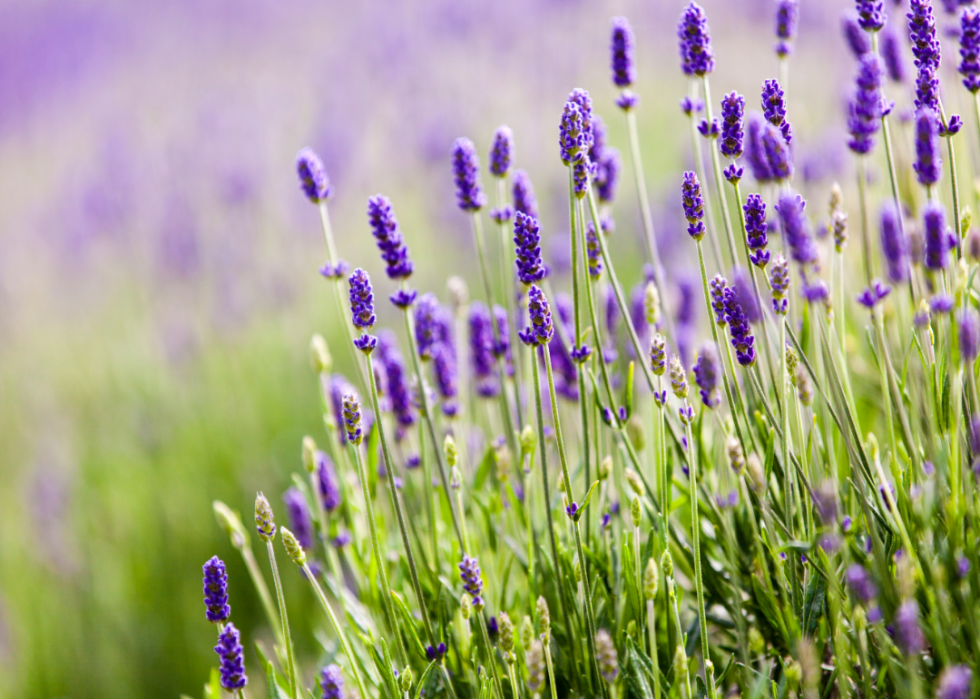
Lavender
You’d be hard-pressed to find someone who doesn’t love the smell of lavender, which makes its floriography meaning all the more surprising. Lavender symbolizes distrust, thanks to the fact that asps (a particularly venomous snake) often make their homes in lavender fields. However, the name of the flower has nothing to do with snakes, but comes from the Latin word “lavare,” which means “to wash.” Ancient Romans and Greeks used lavender in their baths and laundry to achieve that fresh and clean smell.
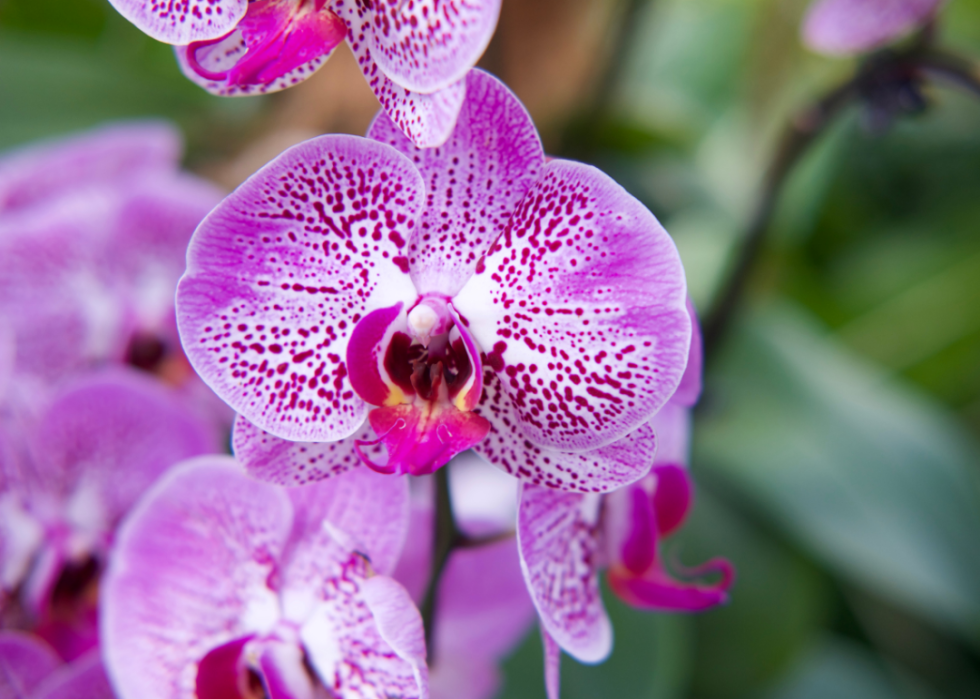
Orchid
Theophrastos, an ancient Greek botanist, gave the orchid its name, which he derived from the word “orkhis,” which, in turn, refers to a part of the male anatomy. With an origin story like that, it’s no wonder the flower often signifies fertility and sexuality. Centuries ago people believed in the correlation between orchids and fertility so sincerely that they thought eating certain parts of the flower could determine the sex of an unborn baby.
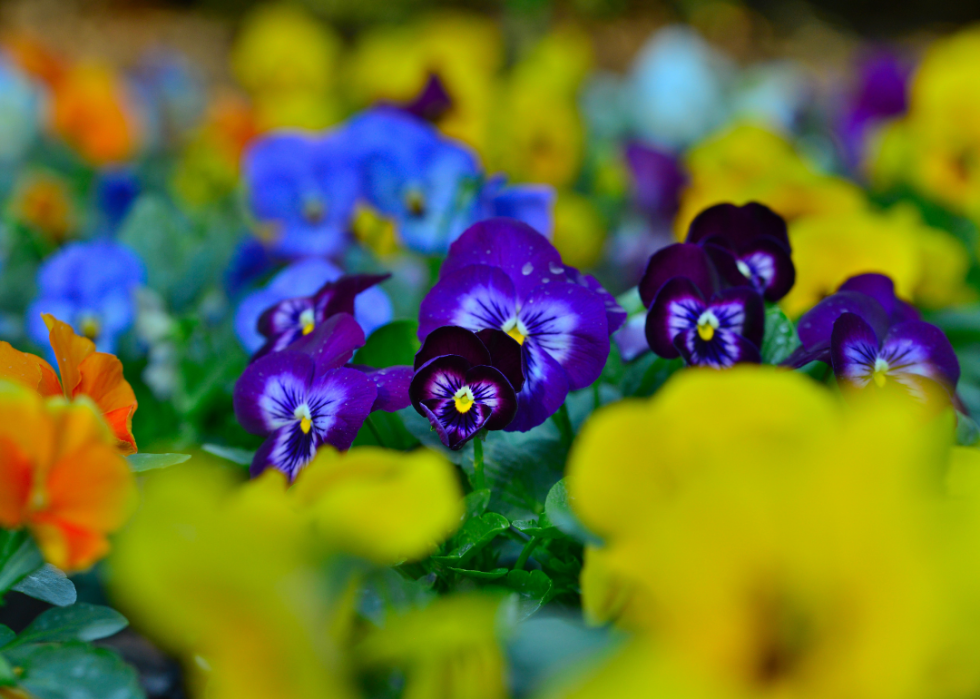
Pansy
A member of the Viola genus (itself within the Violet family), pansies are a popular garden flower thanks to the ease with which they can be grown and the variety of stunning shades they come in. The name pansy comes from the French verb “pensee,” which means “to think,” and these flowers are often given as an “I’m thinking of you during this time” gesture. Most commonly, pansies are used to signify platonic love.
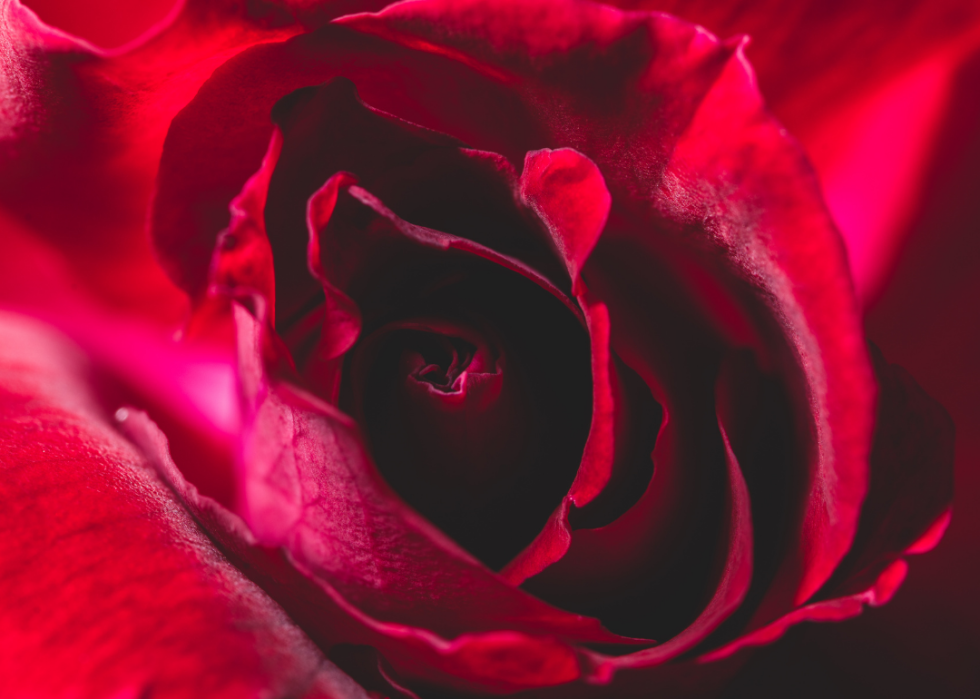
Red Rose
One of the oldest and most popular flowers in the world, roses are thought to have existed for at least 35 million years. Our modern varieties date back at least 5,000 years to Asia, and the stories we tell about the flower’s meaning are almost just as ancient. In many Greek and Roman myths, red roses are often associated with goddesses of love, blooming either from their tears or their blood. Today, those associations hold strong, and red roses are used to symbolize passion, love, romance, desire, and respect.
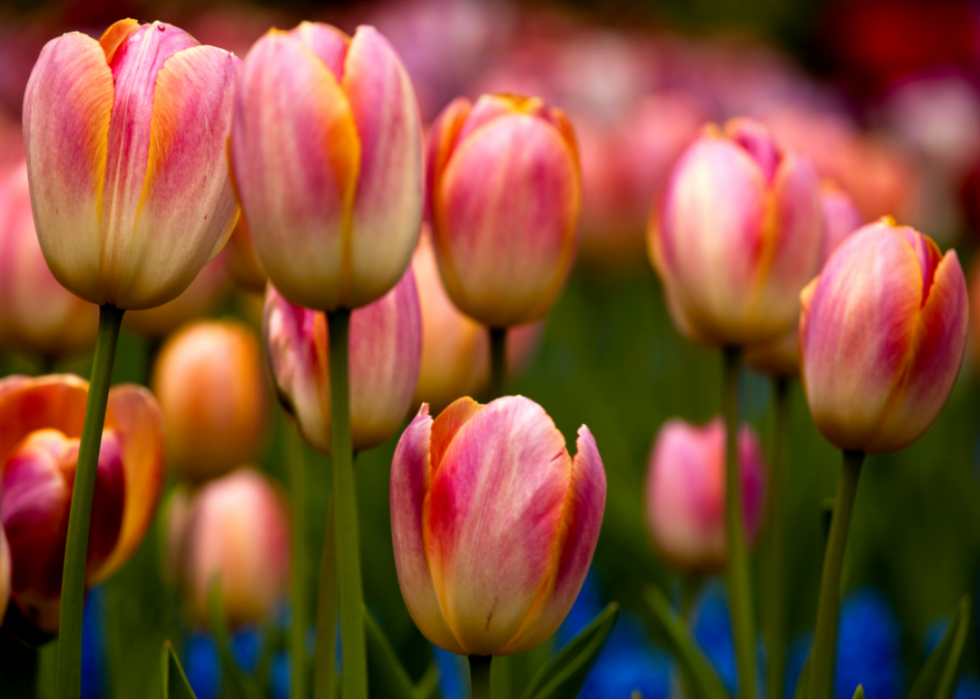
Tulip
There are over 3,000 varieties of tulips currently being cultivated globally. Tulips come in a plethora of colors, each with a slightly different meaning, but in general, the flower symbolizes love, romance, and fame. Red tulips, in particular, mean perfect love, thanks to a Turkish folk tale in which the blood that spilled from a love-struck prince who killed himself after learning of the death of his beloved became a flush of scarlet tulips.
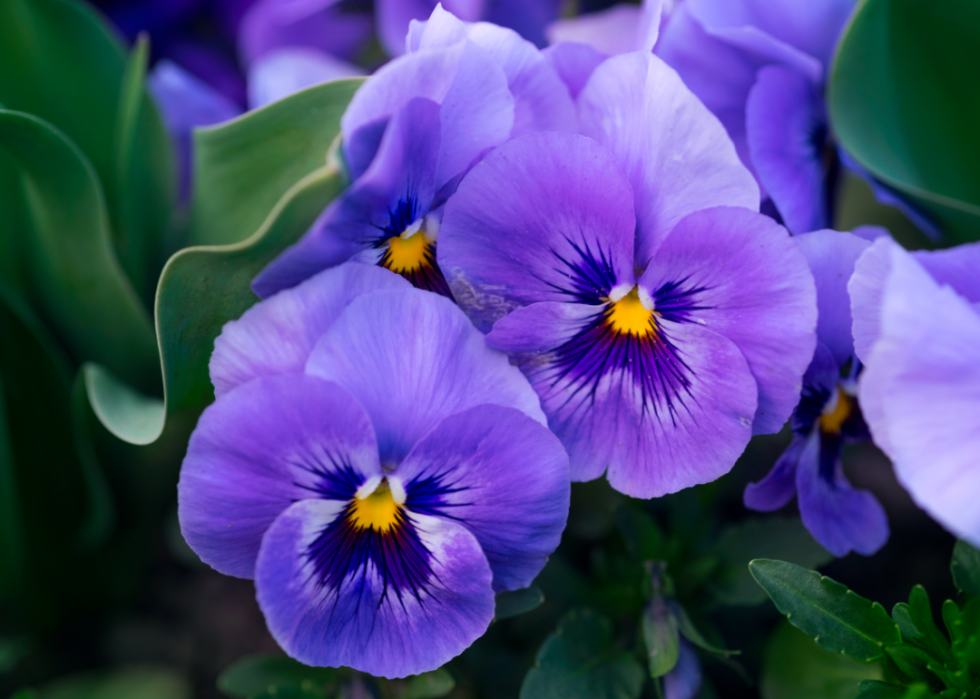
Violet
One of the first known mentions of violets is in the Greek myth of Artemis, who transforms one of her nymphs into a violet in order to protect her purity from the advances of Apollo. That story is largely responsible for the modern-day association between the purple flowers and modesty. In medieval times, violets were often included in paintings of the Virgin Mary to symbolize her modesty and humility.



